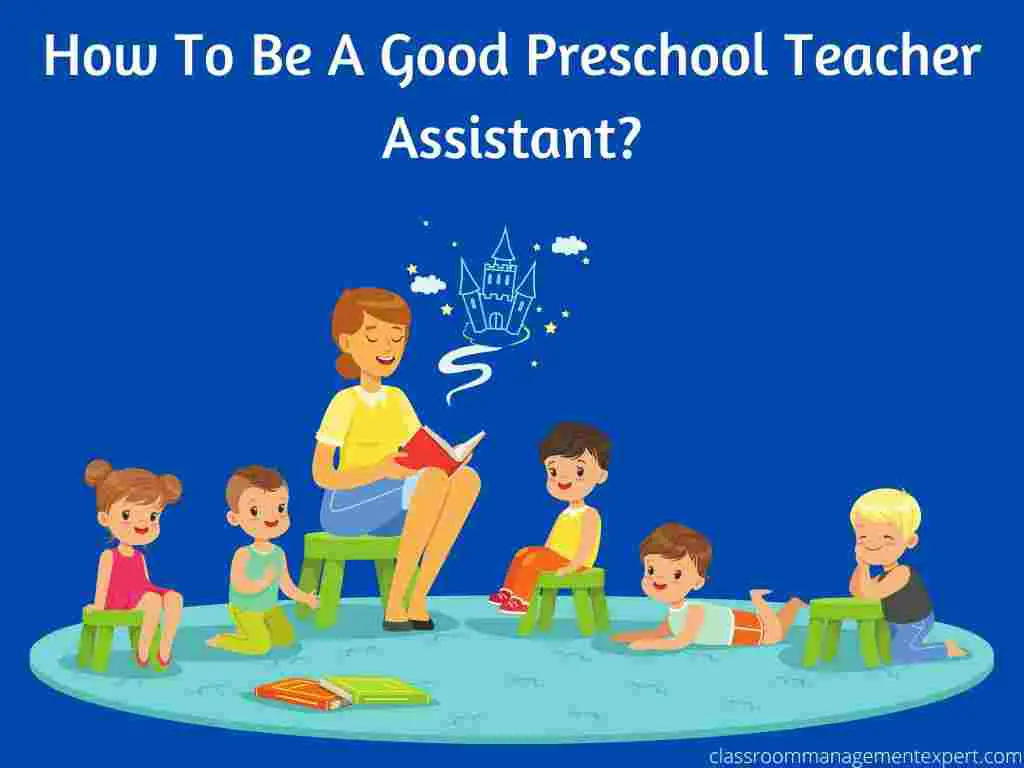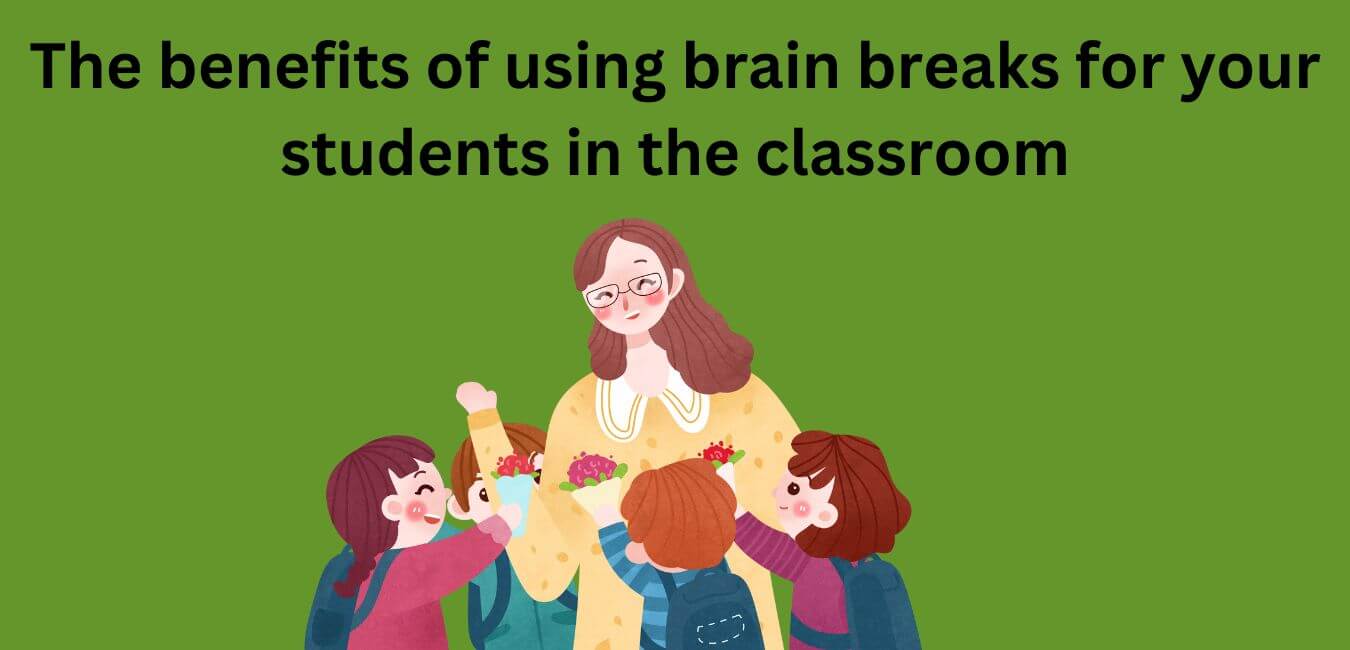Becoming a preschool teacher assistant is a process that requires dedication, patience, and creativity. Those who are interested in working with young children should have a natural ability to connect with them, as well as the ability to be flexible and adaptable. There are many different ways to become a preschool teacher assistant, but there are a few key things that all good assistants have in common.
First, it is important that you are patient and understand that children learn at different speeds. Secondly, you should be able to create a fun and inviting learning environment. Third, you should be able to manage your time well, and you should also be able to communicate well with management, the lead teacher, and students. Lastly, it is essential that you are flexible and adaptable, as the needs of the children can change quickly.
In order to create a positive and successful classroom experience for all students, it is the responsibility of preschool teacher assistants to collaborate with the lead teachers. By working together, both the lead teacher and the assistant can ensure that the classroom is a safe and supportive environment for all students to learn and grow.
Additionally, by collaborating with one another, the lead teacher and assistant can share ideas and strategies for teaching effectively as well as plan for any challenges that may arise.
But what are the responsibilities of a preschool teacher assistant? And how do you become a good preschool teacher assistant? Keep reading to find out the answers to these questions and many more.
Ten responsibilities of a preschool teacher assistant
A preschool teacher assistant is someone who helps the lead teacher in a preschool classroom. The responsibilities of a preschool teacher assistant can vary, but usually include:
1. Assisting the lead teacher with lesson planning and preparation.
In many preschools, the lead teacher is responsible for planning and preparing lessons while the teacher assistant helps carry out these plans. It is the responsibility of the assistant to support the lead teacher in whatever way necessary to ensure that the students have a positive learning experience. This may include helping to set up materials, leading small groups of students, or providing one-on-one support.
2. Helping to create a positive and nurturing learning environment for the students.
It is the responsibility of the preschool teacher assistant to help create a positive and nurturing learning environment for the students. This can be done by providing support to the lead teacher, interacting with the students, and maintaining a clean and organized classroom. By creating a positive and nurturing environment, preschool teacher assistants can help the students feel comfortable and safe while they are learning.
3. Assisting with the supervision of students during activities and transitions.
It is the responsibility of the preschool teacher assistant to support the lead teacher in providing a safe and developmentally appropriate environment for all students. This includes assisting with the supervision of students during activities and transitions.
By establishing a positive rapport with students and maintaining open communication with families, preschool teacher assistants can play a crucial role in ensuring a successful early childhood experience for all.
4. Supporting the lead teacher in implementing instructional activities
It is the responsibility of the preschool teacher assistant to support the lead teacher in implementing instructional activities. This includes preparing materials, setting up the classroom, and helping to manage student behavior.
The teacher assistant also works with individual students or small groups of students to help them develop their skills. In order to be successful in this role, it is important to have a strong understanding of child development and be able to work collaboratively with the lead teacher.
5. Helping to assess each student’s progress and providing feedback to the lead teacher
As a preschool teacher assistant, it is your responsibility to help assess each student’s progress and provide feedback to the lead teacher. This includes keeping track of each student’s individual goals and objectives, as well as monitoring their daily progress.
It is also important to be able to identify any areas where a student may need extra help and to communicate this information to the lead teacher. By working together, you and the lead teacher can ensure that each student is making progress and meeting their developmental milestones.
6. Participating in professional development opportunities
As a preschool teaching assistant, it is your responsibility to participate in professional development opportunities. These opportunities will help you to improve your skills and knowledge so that you can better support the teachers and students in your classroom.
There are many different types of professional development opportunities available, so be sure to explore all of your options. Attend workshops, conferences, and online courses. Participate in research projects and collaborate with other educators.
7. Maintaining confidentiality regarding students, families, and staff members.
A preschool teacher assistant is responsible for maintaining confidentiality regarding students, families, and staff members. This means that the teacher assistant must keep information about students, families, and staff members private.
The teacher’s assistant should not share this information with anyone outside of the school. If the teacher assistant needs to discuss this information with someone, they should only do so with someone who has a need to know.
8. Modeling positive behavior for the students.
In any educational setting, it is important for teachers to set a good example for the students. This is especially true in preschool, where children are learning how to behave in a school setting and developing their own sense of right and wrong.
As a preschool teacher assistant, it is your responsibility to model positive behavior for the students in your care. This means being patient and kind, speaking respectfully to others, following rules and instructions, and treating others with fairness and compassion.
9. Communicating effectively with families and other members of the school community.
It is the responsibility of the preschool teacher assistant to communicate effectively with families and other members of the school community. Good communication skills are essential for building positive relationships with families and working collaboratively with other members of the school team.
Preschool teacher assistants need to be able to communicate clearly and concisely, both verbally and in writing. They also need to be aware of different communication styles and be able to adapt their own style to suit the needs of the families they work with.
10. Collaborate with the lead teacher to create a positive and successful classroom experience for all students.
As a preschool teacher assistant, it is your responsibility to collaborate with the lead teacher to create a positive and successful classroom experience for all students. This means being a team player, being flexible, and having a positive attitude.
It is also important to be able to communicate effectively with both the lead teacher and the students. By working together, you can ensure that the classroom is a safe and supportive environment where all students can learn and grow.
Strategies to help you become a good preschool teaching assistant.
In any early childhood education setting, it is important to have qualified staff who are able to support the teachers and students. Preschool teacher assistants play a vital role in ensuring that the students are supervised during activities and transitions. This is especially important because young children need structure and guidance in order to be successful in school.
Teacher assistants also provide support to the teachers by helping to prepare materials and manage the classroom. There is no one-size-fits-all answer to becoming a great preschool teacher assistant, but there are certain strategies that can help. Here are 23 of them:
1. First and foremost, be passionate about working with kids and have a natural affinity for them.
2. Be patient and kind. Being patient and kind will show your children that you support their efforts and that they are not being put down.
3. Have excellent communication and interpersonal skills.
4. Be able to take directions well and follow instructions accurately. Always be consistent with the rules and ensure all the tasks are followed through.
5. Be detail-oriented and organized.
6. Be able to think on your feet and problem solve quickly.
7. Be proactive and take initiative when needed.
8. Be calm under pressure and maintain your composure in challenging situations.
9. Be warm, nurturing, and supportive.
10. Possess a positive attitude at all times. When faced with a challenging task, stay calm and try to solve the problem in a positive way. If you are unhappy or frustrated with something, take a moment to collect your thoughts and then deal with it.
11. Believe in the importance of play in children’s learning and development process.
12. Identify child development milestones and know how to support each stage appropriately.
13. Create a safe, welcoming, and stimulating environment for children to learn and grow in.
14. Plan engaging activities that promote all areas of child development (cognitive, social-emotional, physical, etc.).
15. Be consistent.
Always behave the same way in front of children. Children learn quickly, so you need to be very careful about how you act and speak when teaching them. They are likely to imitate your behavior and do what you do, even if it’s not appropriate.
16. Set a good example.
Always set a good example for the children by doing what you say you will do. If you tell them to do something, do it first and then ask them to repeat your actions.
17. Provide feedback and guidance.
Always provide feedback and guidance so the children know that you are watching them and helping them to learn.
18. Give praise.
Always praise the children when they do things correctly and try to avoid criticism so they don’t get discouraged.
19. Encourage independence and self-sufficiency.
Always encourage independence and self-sufficiency by allowing the child to try new tasks without your help and praising them for their efforts.
20. Correct mistakes gently.
If a child makes a mistake, correct it calmly. Do not blame the child or say things such as, “I told you so.”
21. Accept their feelings.
Children will have good and bad days. When they are having a bad day, it is important to accept that and not expect them to be happy. It is important to show them support during the bad times as well as the good ones.
22. Be willing to answer questions.
Children will have a lot of questions when they are learning how to be disciplined. It is important that you answer their questions in a way that they understand, and don’t tell them they are too young to understand what you are saying.
23. Teach them the importance of others’ feelings.
When children are learning how to be disciplined and understand the importance of others’ feelings, you will also teach them empathy.
Conclusion
Being a good preschool teacher assistant requires having a lot of patience, being able to keep a cool head under pressure, being organized, and being able to handle children with care and understanding. With these qualities, any preschool teacher assistant can be successful in their job of providing an enjoyable and beneficial learning experience for all students. Thank you for your time!
















